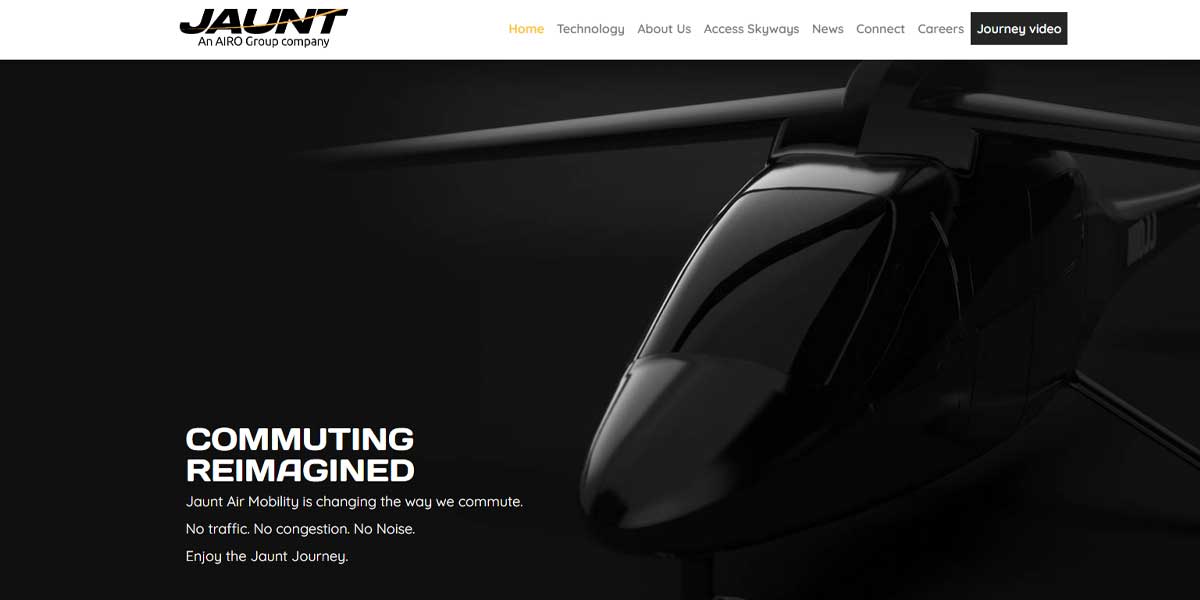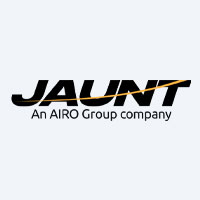Jaunt Air Mobility Company Description
Jaunt Air Mobility: Electric VTOL Aircraft Innovator
Jaunt Air Mobility is a U.S.-Canada aerospace fusion pushing boundaries with the Jaunt Journey. Headquartered in Dallas with engineering roots in Montreal, Jaunt takes a fresh spin—literally—on vertical flight. Their electric vertical takeoff and landing aircraft taps into advanced rotorcraft tech to deliver a smarter, quieter, and cleaner way to move people and cargo around crowded cities. And it’s not just about looking futuristic—it’s about building something that’ll actually get certified, fly, and land safely. That’s a rare mix in this crowded sky race.
Slowed Rotor Compound Technology: The Jaunt Journey’s Powerhouse
Here’s where Jaunt Air Mobility gets downright clever. The Jaunt Journey features Slowed Rotor Compound (SRC) technology, a patented lift-and-glide mechanism inherited from Carter Aviation. What does that mean? Essentially, they’ve figured out how to make a helicopter more like a plane mid-flight. Once airborne, the rotor slows down to cut drag and noise, letting the wings do the heavy lifting—literally. With a cruising speed of 175 mph and range of up to 120 miles, it's sipping energy at around 175 Wh/kg. That’s electric car territory, and it's quiet enough for suburbia. With SRC, Jaunt promises less vibration, lower maintenance, and fewer headaches for pilots and passengers alike.
Safety First: FAA Part 29 Certification and Autorotation Capability
While competitors flirt with flexible certification routes, Jaunt Air Mobility is playing hardball with FAA Part 29—the same rules that govern transport helicopters. Why? Because real-world operations call for real-world safety. The Journey is engineered with autorotation capability, meaning if power cuts mid-air, it glides down like a champ, not a brick. Its patented tilting mast helps balance passenger weight without compromising flight stability. So, whether it’s flying tourists or transplant organs, the aircraft stays level, calm, and dependable. FAA and Transport Canada might move at different paces, but Jaunt’s chasing full certification by 2028.
Strategic Alliances and Global Market Partnerships
Jaunt’s no lone wolf in the sky. The company is backed by the AIRO Group, which brings a buffet of aviation assets to the table—from avionics to drone tech. Then you’ve got heavyweights like BAE Systems working on the energy management side, CAE supplying simulation tech, and L&T supporting structural design. Oh, and don’t forget the orders: 71 aircraft pledged by Vertiko Mobility in Canada, 40 by MintAir in South Korea, and a whopping 150 from BLADE India. Jaunt is playing the long game, and its focus on operator partnerships and sustainable air transport gives it solid ground to build from.
Electric Rotorcraft Built for Urban Air Mobility
Think congested roads, endless honking, and smog-choked commutes. Now imagine a whisper-quiet electric rotorcraft skipping above it all. That’s the Jaunt Journey in action. Built for urban air mobility, it holds up to four passengers and a pilot, with zero tailpipe emissions and low downwash. The aircraft’s low disc loading and rotor tip speed mean it sounds more like a distant fan than a warbird. Whether it’s hopping across New York rooftops or ferrying aid in remote jungles, the Journey’s job is to get in, get out, and do it cleanly.
Facing the eVTOL Race: Challenges and Competitive Edge
Sure, Joby and Archer have more headlines, but Jaunt Air Mobility is sticking to its lane. The catch? Development delays have pushed their demonstrator flight to 2025 and certification to 2028. That’s not ideal when rivals are closer to commercial lift-off. But with SRC tech offering a quieter, safer, and more efficient solution, Jaunt’s betting that patience pays. Public perception may favor familiar helicopter shapes over sci-fi drones, and in surveys, folks actually rated the Journey highest for willingness to fly. So while others race to market, Jaunt’s focusing on building trust—and that could be the smarter route in the long run.
Jaunt Journey Specs and Use Cases
Here’s the nitty-gritty: All-electric, 80–120 miles of range, 175 mph cruise, zero emissions, and one pilot up front with four passengers (or swap out the seats for cargo). It’s got city taxi missions written all over it but can pivot to medevac, law enforcement, or military ops with minimal tweaking. The aircraft’s modular design and efficient rotor-wing synergy make it a flexible platform for the long haul. Think air taxis in Mumbai, cargo runs in Quebec, or surveillance in conflict zones—Jaunt’s pitching one airframe for many jobs, and that’s a sweet sell.
View all Products Produced by "Jaunt Air Mobility"
(where we publish the EV description and EV specs for each model)

